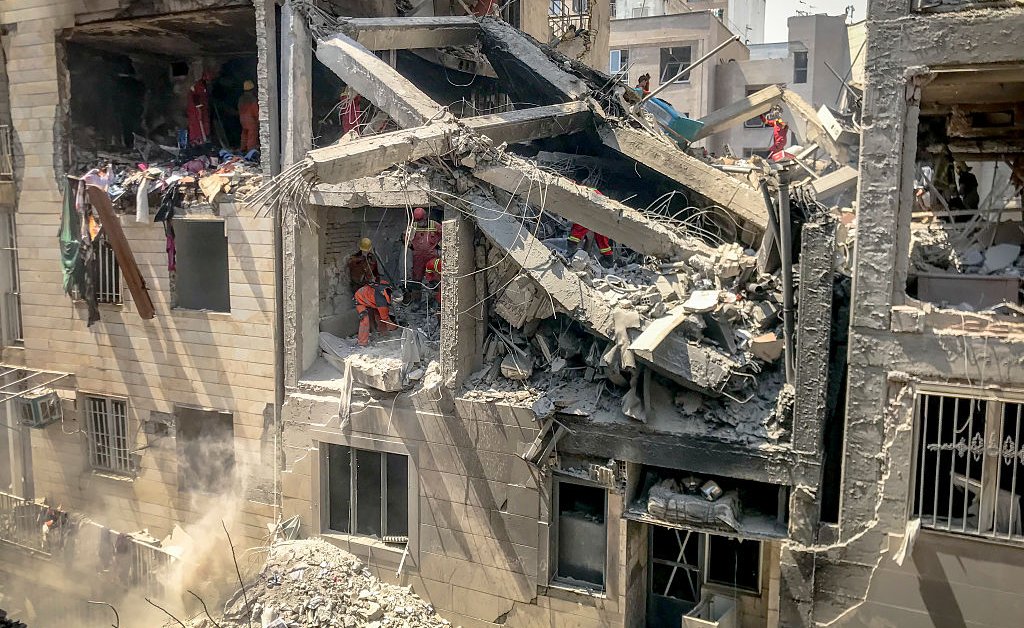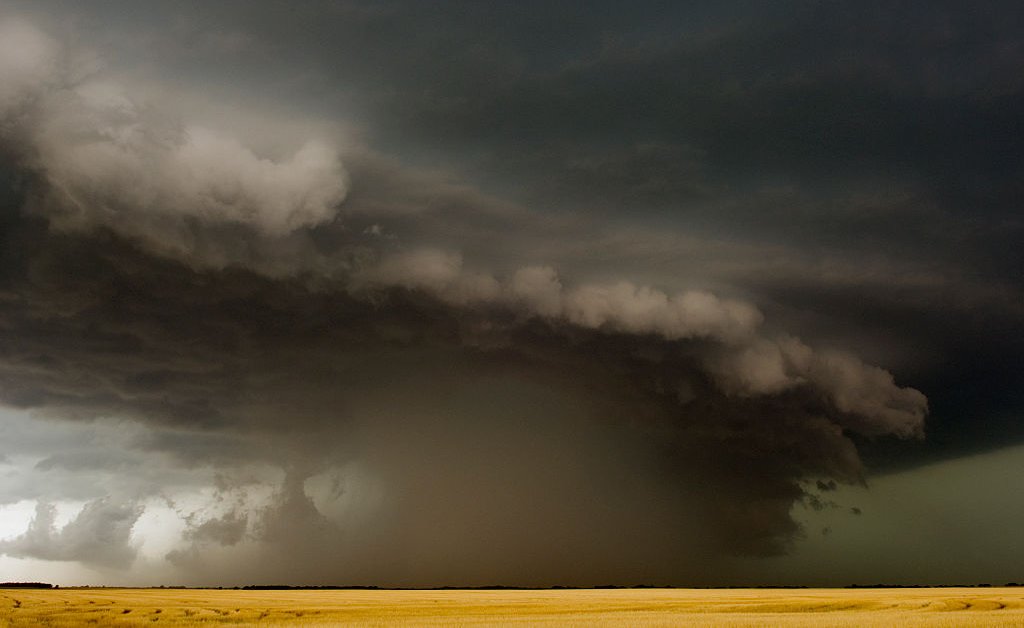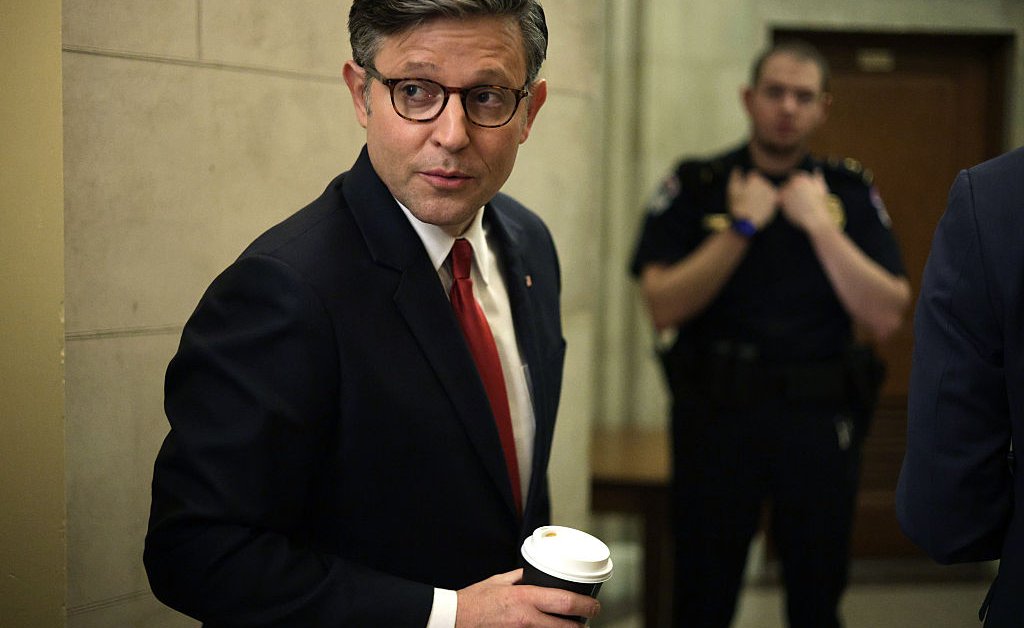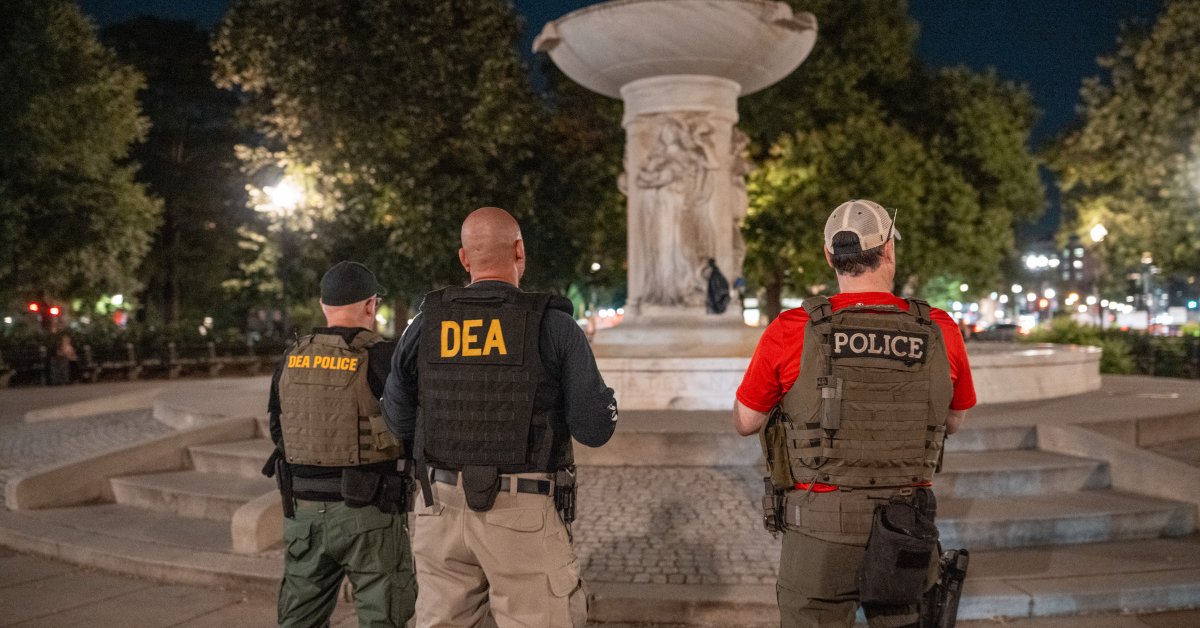In the early hours of Friday morning, Israel launched a sweeping military campaign against Iran. The ongoing operation, which was reportedly planned to unfold over several days, is targeting a list of nuclear and military facilities, as well as senior regime officials, that grows longer by the hour. Iran has thus far retaliated with drones and a substantial missile barrage that could see Israel expand its targeting further still.
In a region that has seen endless bloodshed since Hamas’s October 2023 attacks, the grim reality is that things may get much worse before they get even worse.
Under the Islamic Republic that took power in 1979, enmity toward Israel has been a core ideological tenet of Iranian foreign policy and a key driver in its regional policy. Over decades, their rivalry played out mainly through indirect actions by Iran and by covert operations from Israel.
That dynamic changed last year. In April and again in October, the two sides engaged in direct hostilities, with Iran twice launching massive missile salvoes largely repelled by Israeli and allied air defenses. After the second strike, which came shortly after Israel severely degraded the upper ranks of Hizbollah in Lebanon—the most powerful of Iran’s proxies—Israel targeted Iranian air defences and missile production facilities, facing little resistance or response.
But while Iran’s regional power projection was diminishing and its arsenal of missiles and drones twice proved largely ineffective, a third concern—a nuclear threat which Israel considered existential—was still growing. Tehran had been steadily expanding the scale and scope of its nuclear activity ever since President Donald Trump withdrew from the Iran Nuclear Deal during his first term; President Joe Biden’s Administration sought and failed to revive it. In March, Trump announced that he had reached out to Iran’s leadership to negotiate a new deal, and his administration conducted five rounds of talks in Muscat and Rome in attempts to reach one.
For Iran, which sought sanctions relief for its embattled economy, the success of negotiations with the U.S. hinged on concessions it has long opposed: Dismantling its nuclear program altogether or even ceasing the domestic enrichment of uranium. For Israel, eliminating, rather than merely restricting, the production of fissile material that could be used to fuel a weapon has been paramount. For President Trump, the prospect of a military strike by Israel seems a means of strengthening Washington’s hand in a diplomatic agreement in which he still remains interested.
But at the moment, the question may be less a matter of whether diplomacy can succeed than how grievously the situation could escalate. The worst-case scenarios are dire: A cycle of Israeli and Iranian counterstrikes that draw in the U.S., Iran’s non-state allies, and regional states, cause grievous harm to civilians on all sides, and inject profound uncertainty into global markets. Over time, Iran’s regime could attempt to reconstitute its nuclear activity from the rubble, only with an explicit aim of fashioning a weapon in the shortest possible time as a means of deterrence in the future. Another disastrous scenario is that the regime in Tehran falls and there is a protracted war for power and chaos or an even harder line regime armed with nuclear weapons.
Is there a path out of this deepening crisis? Perhaps, though not a particularly promising one. Trump’s stated objective—even as the fire is exchanged in two directions—remains a deal with Iran, and Tehran could offer concessions on the stipulation that it also involve an immediate cessation of hostilities with Israel. Were Iran to concede on its red lines in an effort to stave off greater destruction, perhaps Trump would be keen enough to avert a widening conflagration to also press Israel into ending the escalation cycle as well.
Iran’s government has previously demonstrated that when facing particularly inauspicious circumstances, especially those that might threaten the very foundations of the regime itself, it can make concessions necessary for its survival. But facing perhaps the gravest crisis it has faced since the eight-year-long war with Iraq in the 1980s, it may end up doubling down to the detriment of its people and the region.








